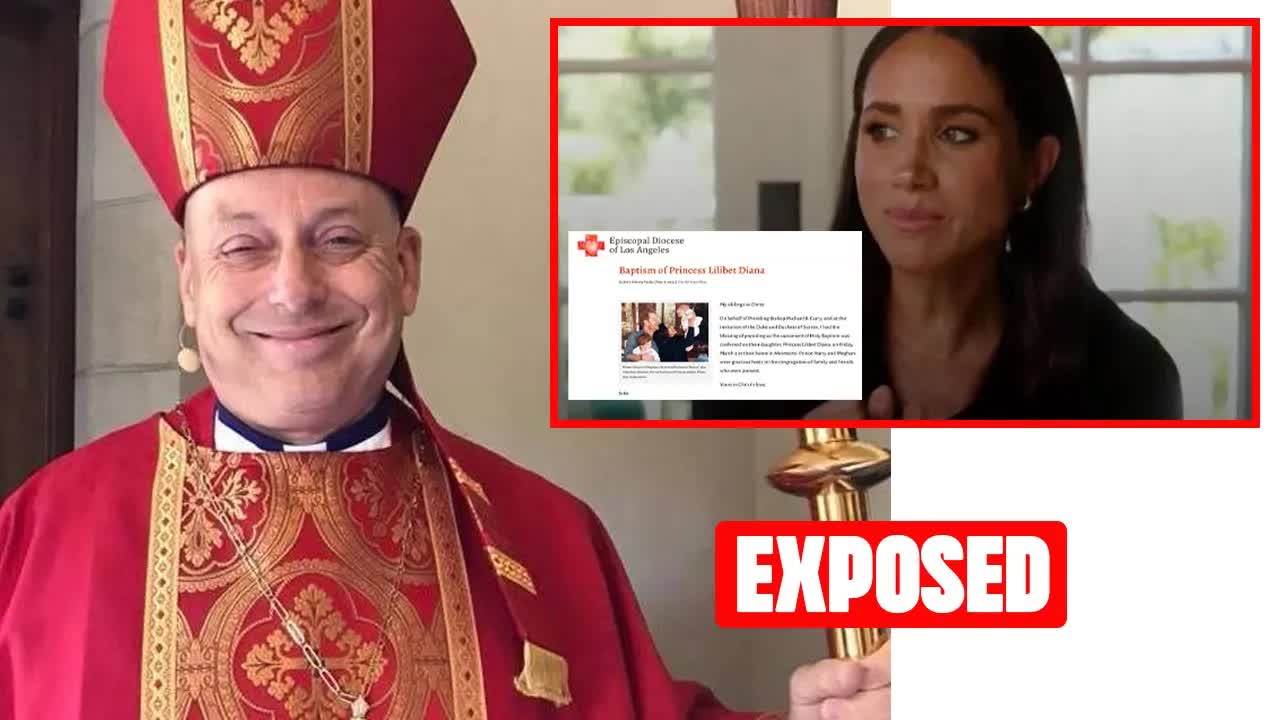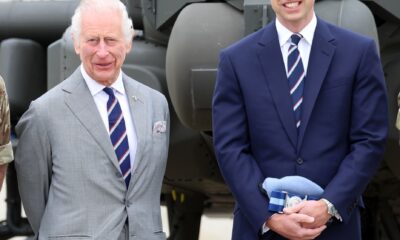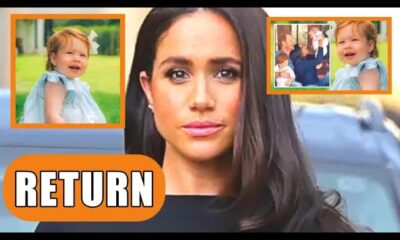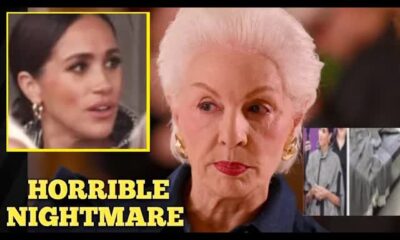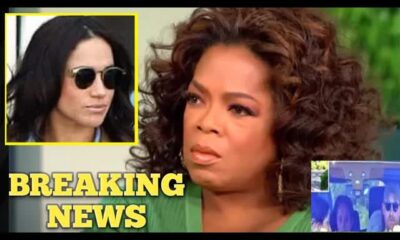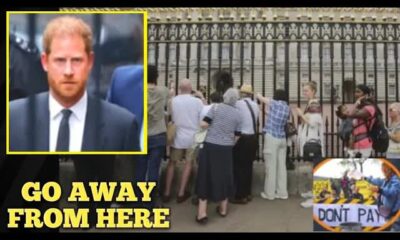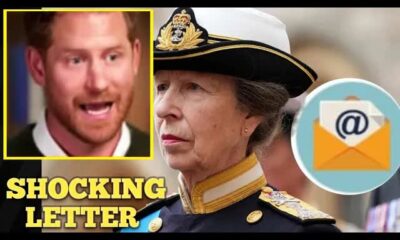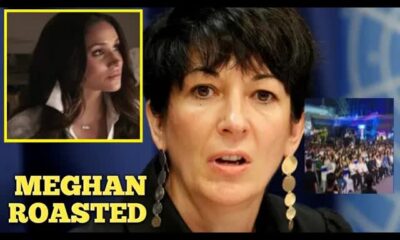The News
Bishop’s Blessing: A Controversial Christening for Princess Lilibet
In a surprising twist, the bishop who baptized Meghan Markle and Prince Harry's daughter, Princess Lilibet Diana, has an intriguing background.
The Rt.
Rev.
John Harvey Taylor, Bishop of Los Angeles, is not only a former newspaper editor but also served as chief of staff for the infamous Richard Nixon during his presidency.
This connection adds a layer of complexity to the royal family's recent private ceremony held at their home in Montecito, California.
The christening took place on March 3rd, with close family and friends attending the intimate event.
Bishop Taylor shared details of the occasion on his blog, accompanied by a family Christmas card photo from two years ago.
He expressed his joy at presiding over the baptism, stating, “On behalf of presiding Bishop Michael B. Currie, and at the invitation of the Duke and Duchess of Sussex, I had the blessing of presiding as the sacrament of holy baptism was conferred on their daughter, Lilibet Diana.”
However, the choice of a two-year-old photo to commemorate such a significant event raised eyebrows among royal watchers.
Many found it odd that the Sussexes opted for an old image instead of capturing new memories from the baptism.
Critics have taken to social media, questioning the authenticity of the event and suggesting that it might be more about public relations than genuine faith.
Some royal fans expressed their confusion, feeling that the baptism lacked the solemnity typically associated with such ceremonies.
One commenter noted, “As a Christian, I'm very confused by all of this.
It feels a lot more like a PR stunt than a deeply spiritual service.” This sentiment reflects a growing skepticism surrounding Harry and Meghan's public appearances and the authenticity of their family moments.
The location of the baptism also drew criticism.
Traditionally, such ceremonies are held in churches, followed by receptions.
Yet, the Sussexes chose their home, prompting questions about their relationship with the church.
Another critic remarked, “Baptism at home?
Do our beloved duke and duchess live on holy grounds or something?” This skepticism highlights the tension between their royal past and their current lifestyle.
Tom Quinn, author of “Gilded Youth,” weighed in on the implications of Lilibet's name.
He suggested that she may face a divide between her royal heritage and her upbringing.
Quinn pointed out that while Lilibet carries a name tied to Queen Elizabeth II, her parents seem eager to distance themselves from royal life.
“Everyone will know that Lilibet got her name because it was Elizabeth II's childhood name, and I don't think that's necessarily a good thing,” he said.
Quinn also noted that Lilibet's name could serve as a constant reminder of the royal world her parents are trying to escape.
He commented, “There's going to be a split; she's going to feel that she was named in a way that ties her to England and to the royal family very closely.” This insight raises important questions about identity and belonging for the young princess.
Moreover, Quinn highlighted the contrast between Lilibet's royal name and her mother's title, which lacks royal connotations.
“The Duchess's name, on the other hand, is not royal and never has been,” he explained.
This distinction further complicates Lilibet's relationship with her heritage, as she navigates a world shaped by her parents' choices.
As the Sussexes continue to carve out their own path away from the royal spotlight, the baptism of Princess Lilibet serves as a focal point for ongoing debates about authenticity, tradition, and the complexities of royal life in the modern age.


